Introduction to the Ernest A. Wiltsee Collection
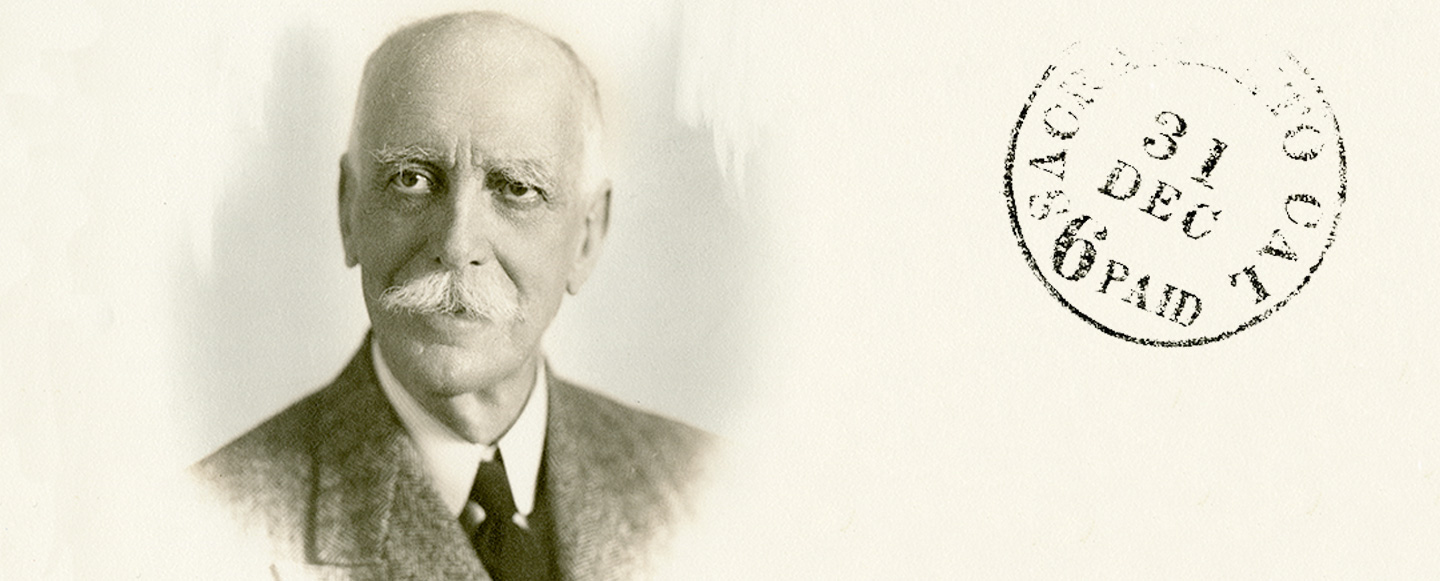
Today, Wells Fargo is proud to present the Wiltsee Collection online. The collection of almost 1,400 covers represents over 250 California towns and 200 express companies, including Wells Fargo. The collection has been digitized while preserving the cover arrangements and descriptions created by Wiltsee.
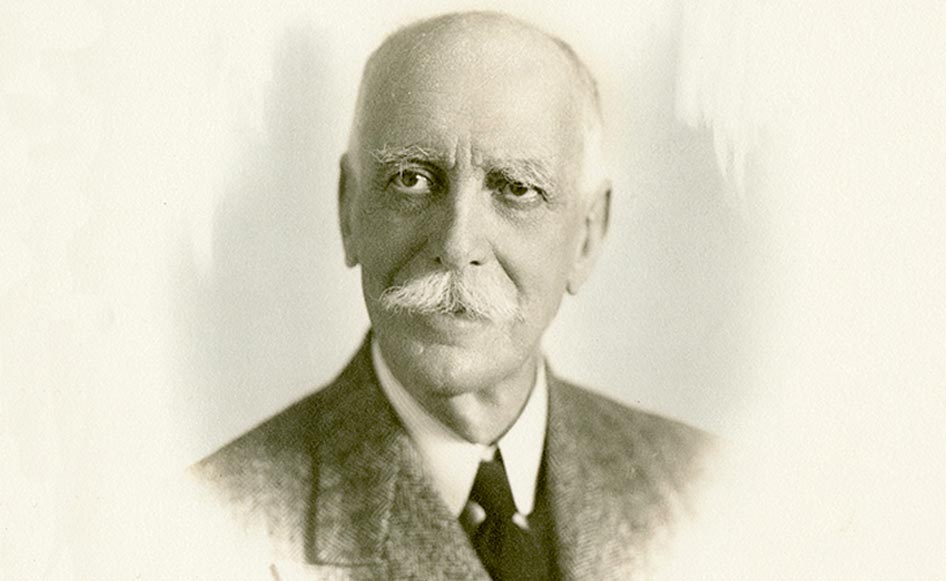
Mining expert and historian Ernest A. Wiltsee (1862 – 1947) assembled a large collection of almost 1,400 envelopes (“covers”) and folded letters, sent during the 1800s. These rare documents show how families and businesses depended on express companies like Wells Fargo to stay connected.
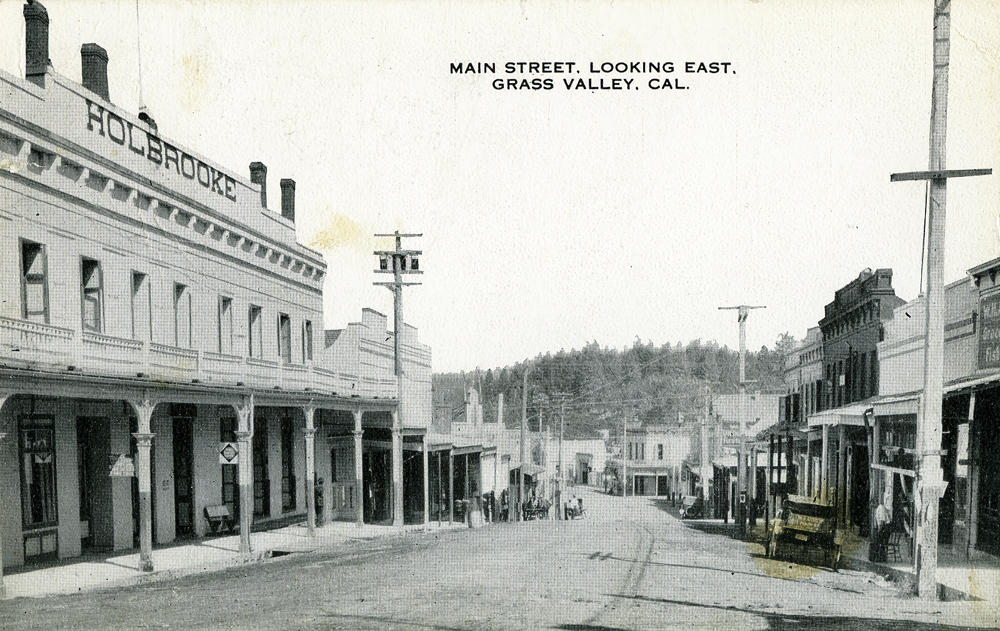
Born in New York, Ernest A. Wiltsee attended the School of Mines at Columbia College (now called the School of Engineering and Applied Science at Columbia University). He graduated in 1885 with the skills necessary for a career in mining, mineralogy, and engineering. Wiltsee came to California in 1888 when a mine in Grass Valley, California, offered him a position as an assistant superintendent. Through the years, he worked in a variety of different companies, bought interest in lucrative oil operations, and relocated to numerous cities, but he ultimately made California his home.
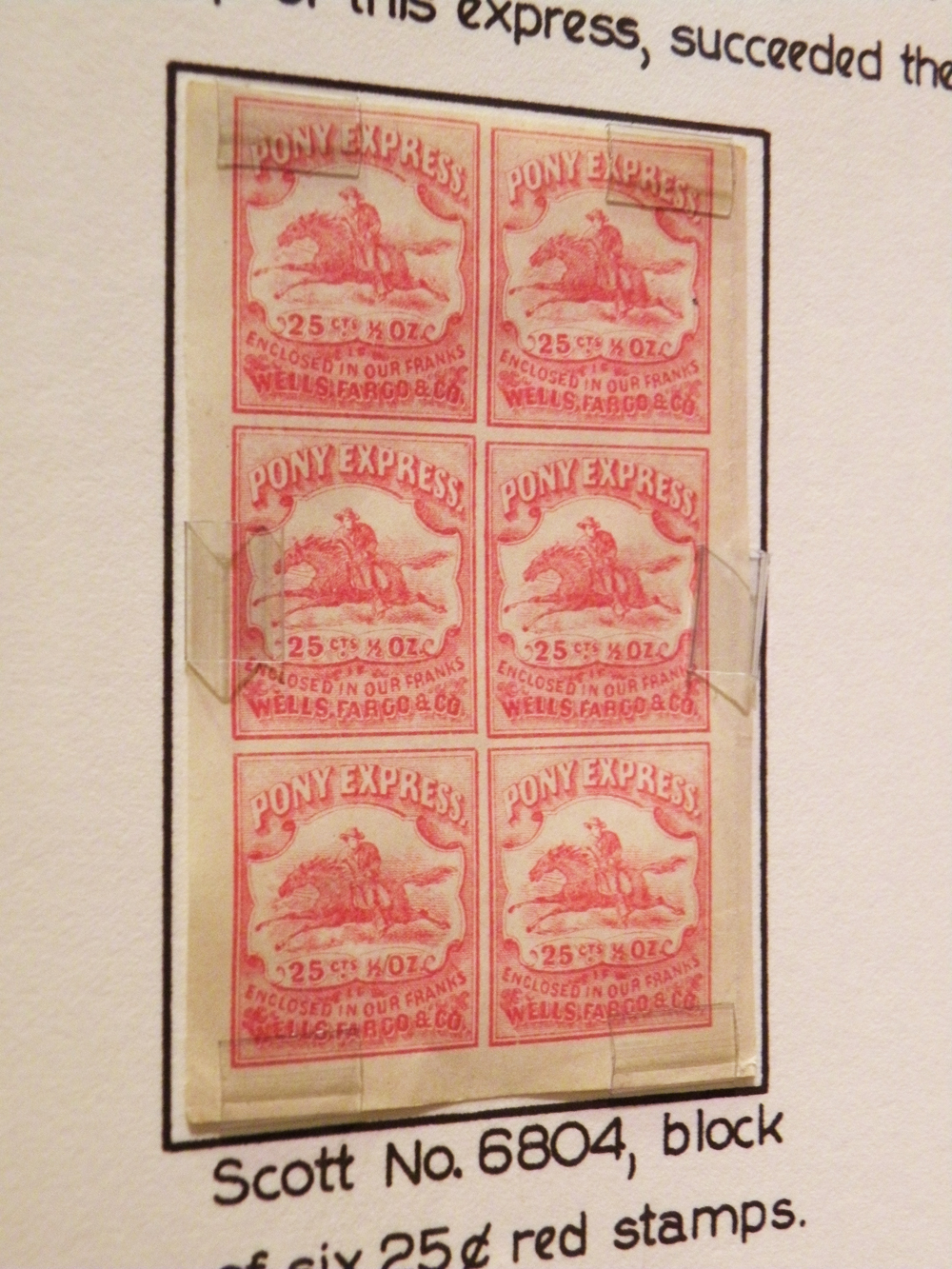
Wiltsee grew increasingly fascinated with California’s early history, leading him to join the California Historical Society in 1930. The Society soon appointed him as vice-president, a position he held for over 10 years. His interest in history led him to start collecting covers and envelopes that illustrated early western mail service, particularly between 1848 and 1870. He paid special attention to covers with markings from Wells Fargo, the Pony Express, small early expresses, and gold rush towns.
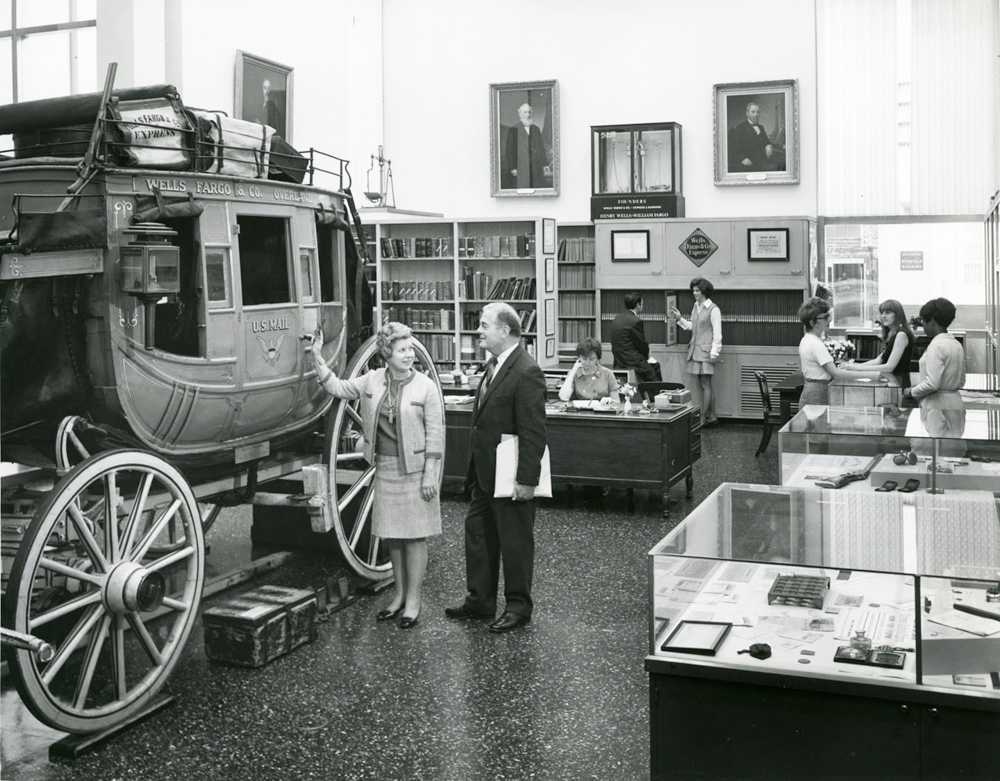
In 1938, Wiltsee left his collection in trust to Wells Fargo Bank, and it first went on display on March 14, 1941 as part of the Wells Fargo Historical Collection. Wiltsee revised the arrangement later that year, when he bought several additions at auction. A year later, with the West Coast in turmoil during World War II, the bank shipped the collection to Chicago for safekeeping. After the war, Wiltsee arranged the entire collection over 200 panels with hand written descriptions and illustrative photographs. The panels were assembled back-to-back and available to researchers as a pull-out display.